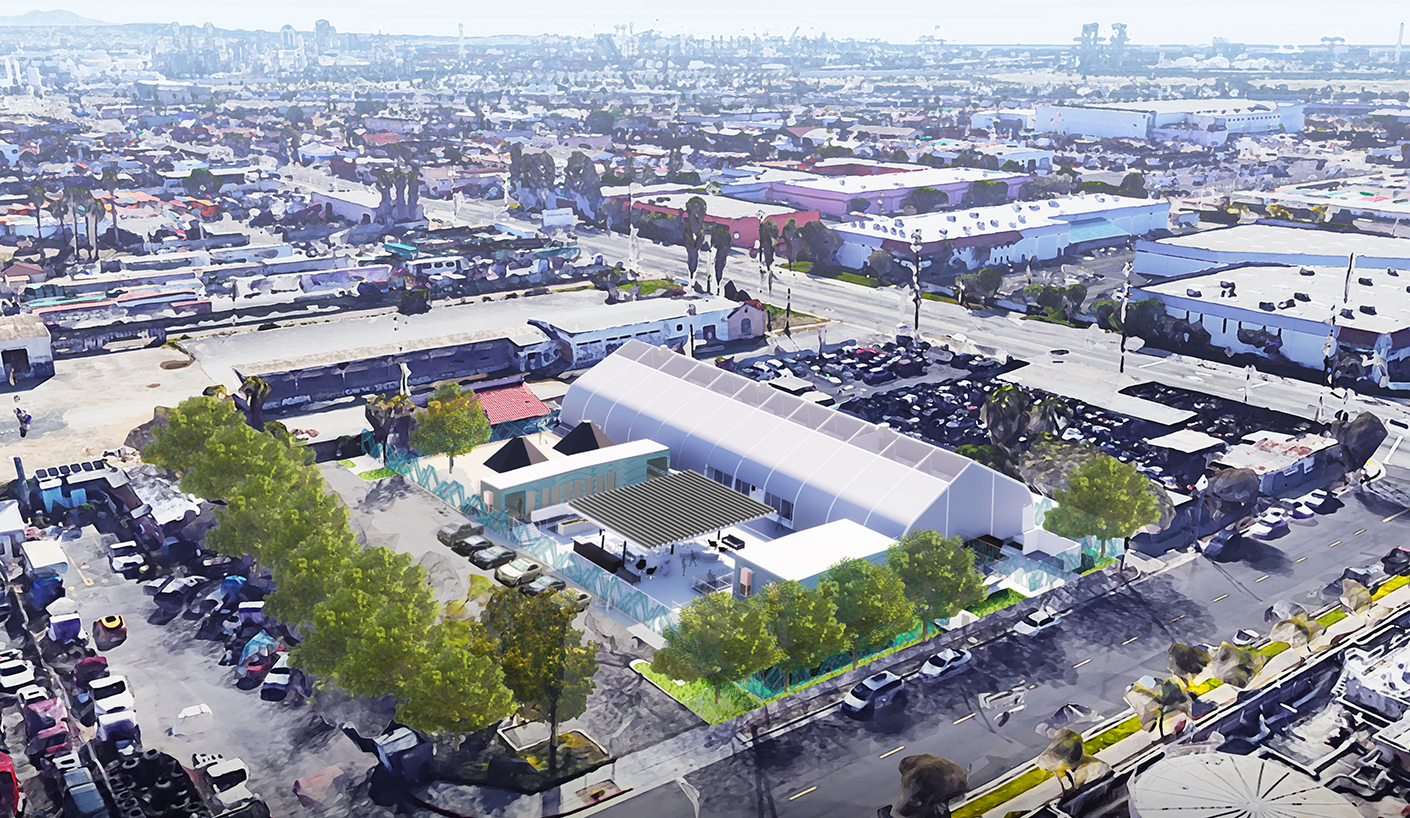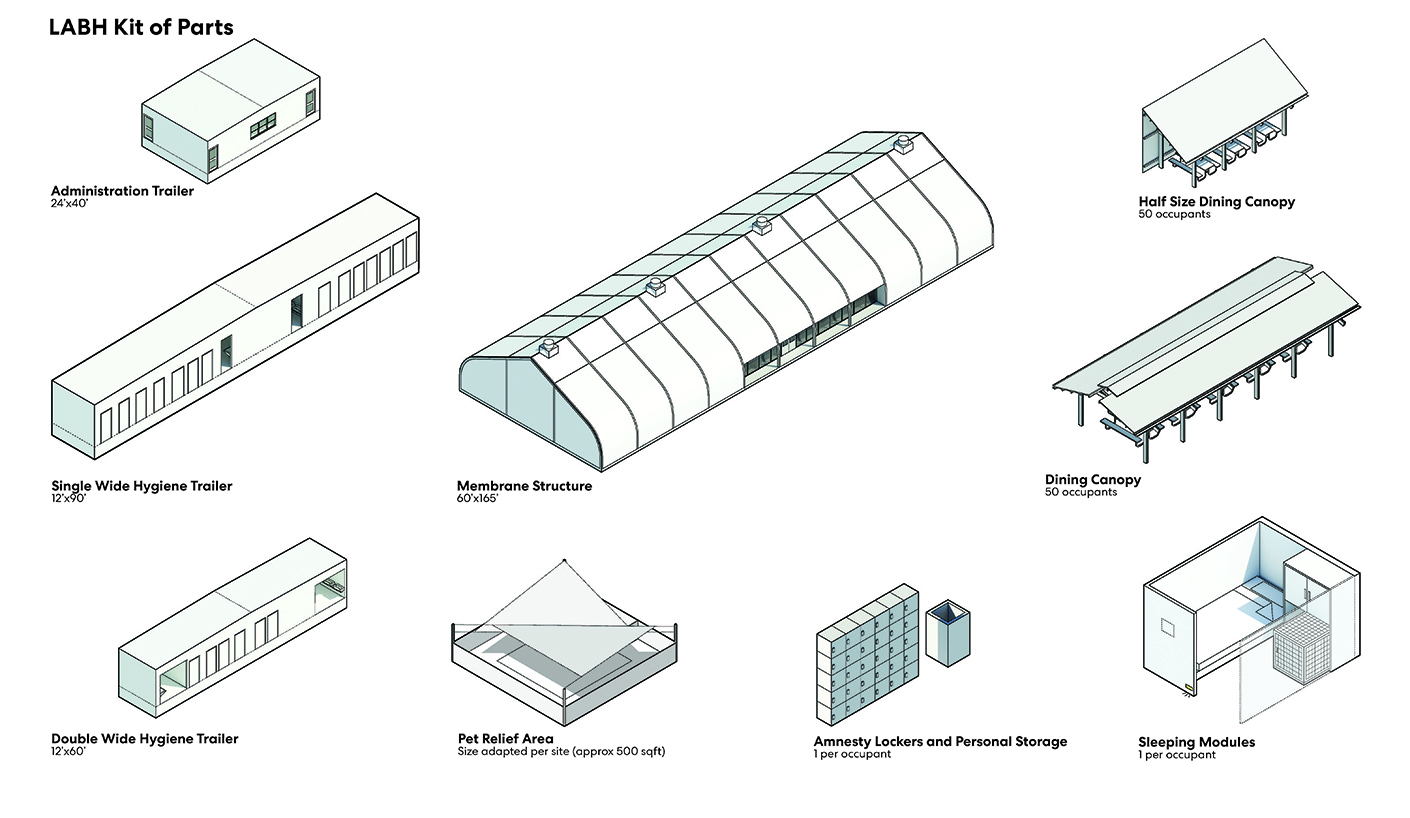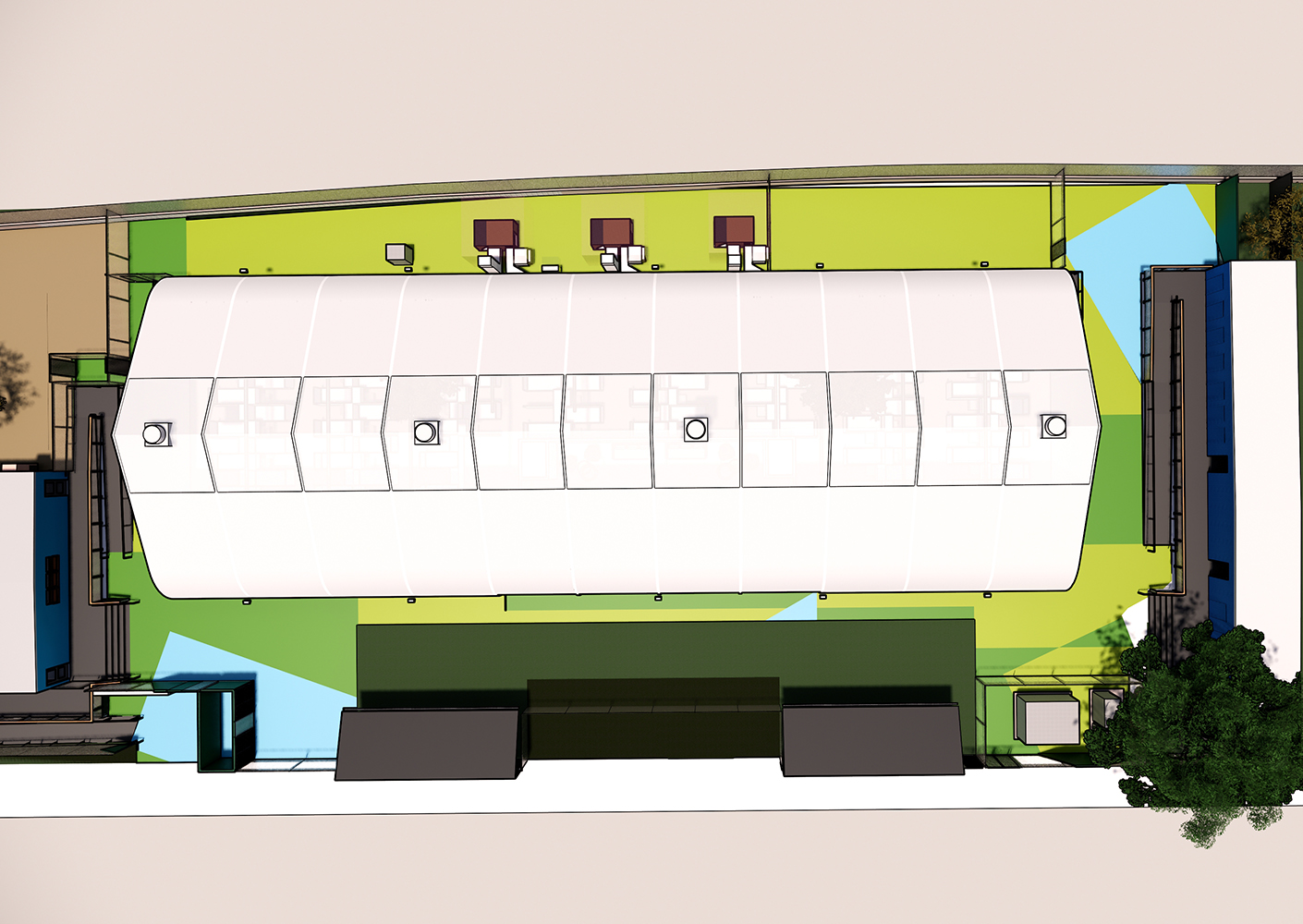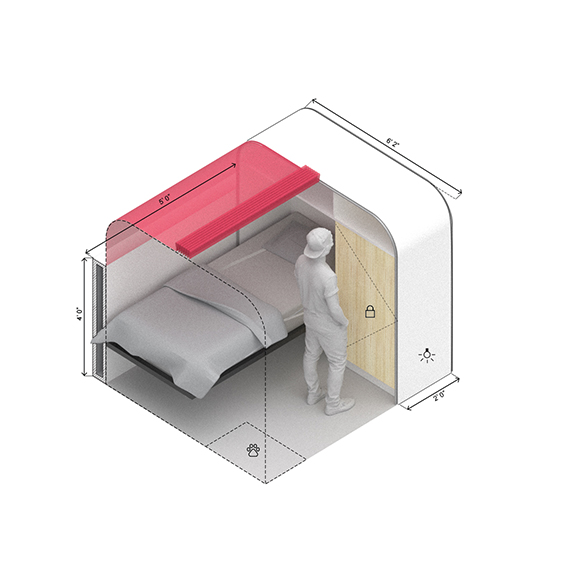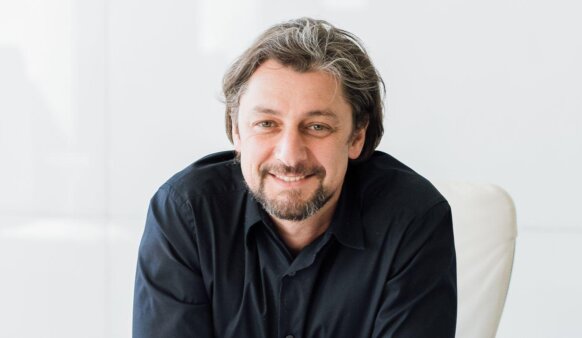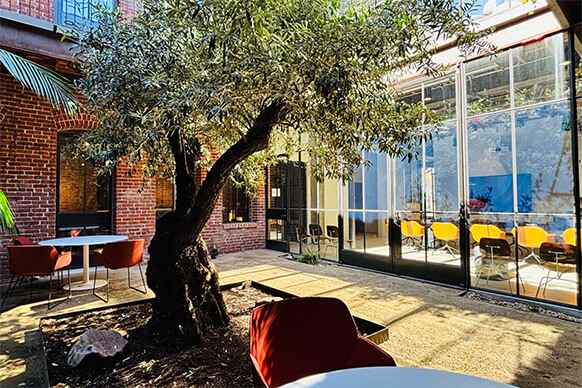The word is advocate. That’s how our studio understands its role as designers of interim and supportive housing in Los Angeles. We are advocates for people who live in the housing we design. We’re advocating for human experience in a situation where urgency and cost usually dominate the conversation.
That role crystallized through our work on Mayor Eric Garcetti’s A Bridge Home Initiative.
A Bridge Home is what became of the LA Bureau of Engineering RFP that ushered us into the world of temporary housing three years ago. In 2016, Angelenos voted to approve Prop HHH, a City-administered supportive-housing loan program, now in the process of accepting applicants and seeking development proposals. While these HHH funds were being converted into actual beds, the city needed a stop-gap measure to get people indoors and safe. A Bridge Home is that program.
